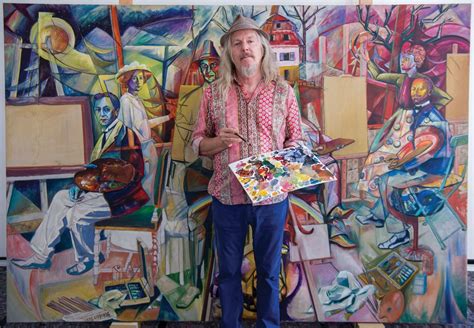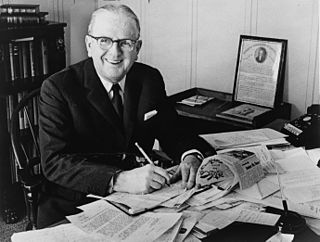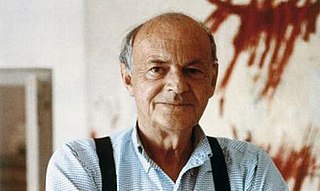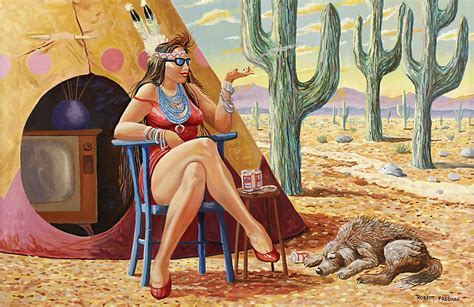A Quote by Thomas Dreier
Before a painter puts a brush to his canvas, he sees his picture mentally.... If you think of yourself in terms of a painting, what do you see?... Is the picture one you think worth painting?... You create yourself in the image you hold in your mind.
Related Quotes
Every philharmonic orchestra merely interprets the composer. My goal was to create new music by that composer. In doing so, I wanted to find the painter's creative center and become familiar with it, so that I could see through his eyes how his paintings came about and, of course, see the new picture I was painting through his eyes - before I even painted it.
Manet wanted one day to paint my wife and children. Renoir was there. He took a canvas and began painting them, too. After a while, Manet took me aside and whispered, 'You're on very good terms with Renoir and take an interest in his future - do advise him to give up painting! You can see for yourself that it's not his metier at all.
There is an exercise I teach at colleges: Get yourself a canvas and a bunch of acrylics and go into a very dimly lighted room. Dip a brush into one of the colors, slap it on the canvas, don't look, close your eyes, make a painting, don't look, turn the lights on and see what you've got. I think this releases people from the editor in their life that's always standing over their shoulder saying, "Oh, you don't have any talent; who do you think you are?"
I sit for two or three hours and then in 15 minutes I can do a painting, but that's part of it. You have to get ready and decide to jump up and do it; you build yourself up psychologically, and so painting has no time for brush. Brush is boring, you give it and all of a sudden it's dry, you have to go. Before you cut the thought, you know?
Help people to meditate, because there is nothing more creative than meditation. Each art and each creativity can be tremendously enhanced by meditation. If somebody is a painter and he starts meditating, his painting will have a sudden jump, it will become tremendously profound - because whatsoever you paint reflects your mind. If the mind goes deeper, your painting will go deeper. You paint your mind. What else can you paint? You paint yourself.
You have bits of canvas that are unpainted and you have these thick stretcher bars. So you see that a painting is an object; that it's not a window into something - you're not looking at a landscape, you're not looking at a portrait, but you're looking at a painting. It's basically: A painting is a painting is a painting. And it's what Frank Stella said famously: What you see is what you see.
I have never heard a dancer asking for advice about how to stay focused on her footwork, or a painter complaining about the dull day-to-day task of painting. What task worth doing isn't worth daily effort? Do you think Michelangelo was having fun the whole time he was on his back painting the Sistine Chapel's ceiling?




































